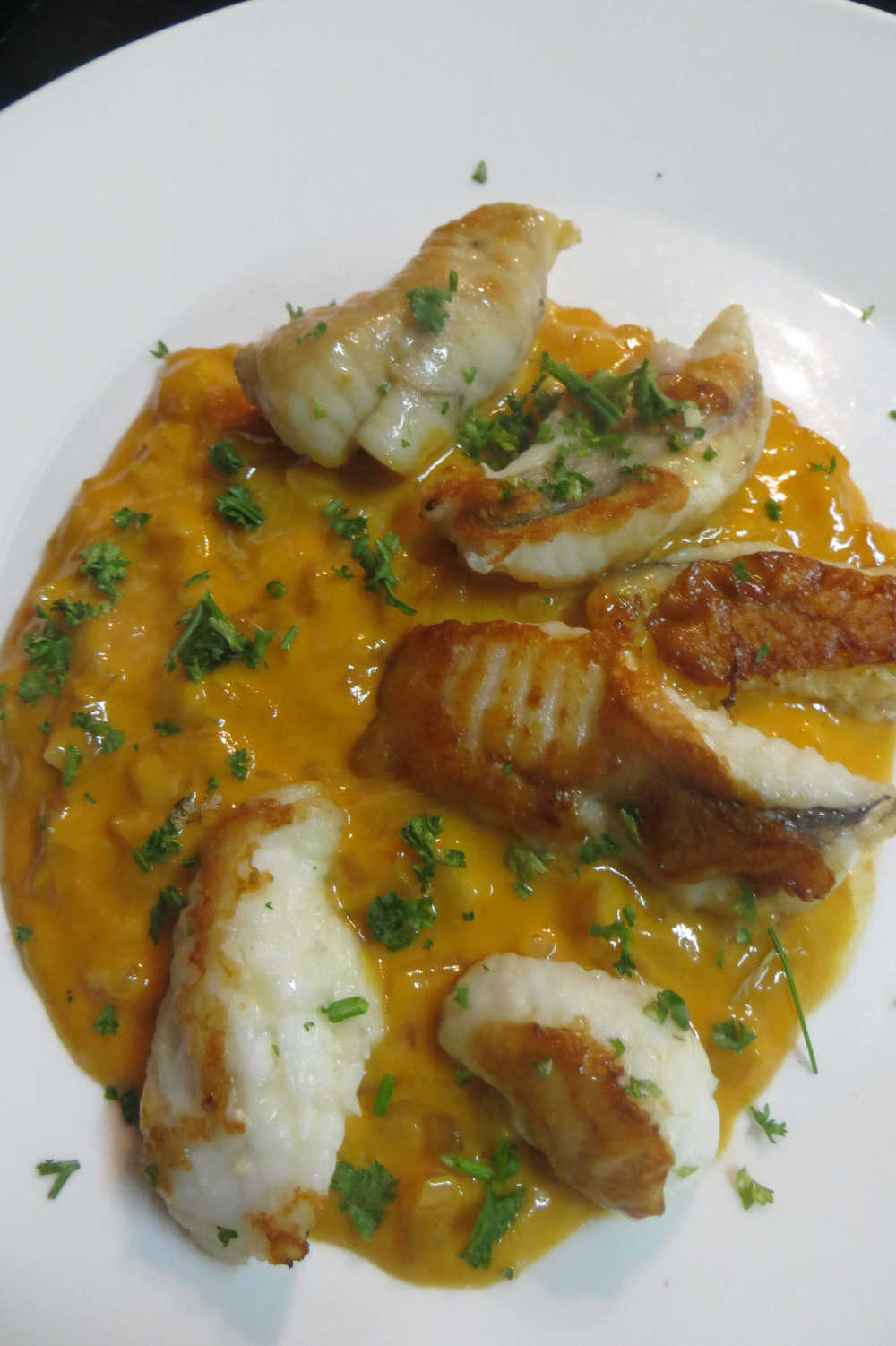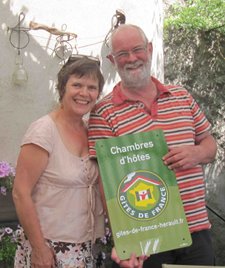An Irish Chef in France

This month our man in the Languedoc, Martin Dwyer, shares the wonderful lobster recipe, Homard à l’Américaine and its history - and wishes you all a Joyeux Noel!
The French traditionally celebrate Christmas not with a large meal on Christmas day but with one on Christmas Eve - and this traditionally, but no longer, after midnight mass which gave it the extra charm of a midnight feast.
This feast was, unlike our more northern tradition, not of turkey, or goose but of Fruits de Mer, fish in its many incarnations and preferably of the shelled variety; oysters, prawns and especially lobster.
Probably the star of all the lobster dishes in the French repertoire is Homard à l’Américaine and I imagine that many French households pulled out the stops for this wonderful dish on the day before Christmas.
The title of the dish begs the question of why this firmly French masterpiece should appear to have come from America? Well of course, it didn’t. It is generally accepted that this classic French dish was first produced by French chef Pierre Fraisse in his restaurant in Paris at the end of the nineteenth century.
Various theories have been mooted as to why he should have called it after the new world, a group of Bretons reckoned he meant to call it Homard Amorique (after the old name for Brittany) but that makes no sense - it is clearly a dish of the Mediterranean; tomatoes, olive oil garlic are not part of the Breton way of cooking. Elizabeth David in French Provincial Cooking suggests that he called it after America because Fraisse had spent some time there before his Paris Restaurant but I think all these theories miss the point.
Just as in Ireland we used to say in the Fifties and Sixties about a particularly stylish and modern house, “It is like America at home”, so in France is “American” used as a compliment. We need look no further than Jacques Brel who, in the sixties in “Madeleine” has his unfortunate, constantly jilted hero sing that his Madeleine is “mon Noel, c’est mon Amérique a moi”- “she is my Christmas, my America to me”. So we see that Chef Fraisse was merely producing a dish which would be – he hoped - the height of fashion.
But of course this dish is far from being an invention of Monsieur Fraisse. There are a lot of variations out there now, all declaring themselves to be the original masterpiece, but, bearing in mind that M. Fraisse came from Sete (our nearest port here in the Languedoc) and the total similarity between the ingredients and the classic fish dish of the Languedoc; “Bourride”, I think there is little doubt but that the origins of the dish came from the Mediterranean and more particularly from the Languedoc.
My version is one which makes strong references to my part of France but before I give you my recipe I would like to add a note of comfort to Irish readers. If you fear cooking lobster because of the way they are killed or their expense, a delicious version of this dish can be used using our own Dublin Bay Prawns, and another using the even more humble monkfish.
Homard à l’Américaine (for 4)
2 small or 1 medium lobster
6 shallots
2 tablespoons olive oil
3 cloves garlic
glass of dry white wine (picpoul de pinet would be perfect)
a glass of cognac
1 dessertspoon of tomato purée
2 tablespoons of aioli
If your lobster is still alive (and there is no problem about buying a cooked one from a reputable fish monger) you need to plunge it into a pot of boiling water and bring it back to a rolling boil before you proceed. Then take the flesh from the shell and cut it into, smallish - not too small - pieces.
(I would do the same with the prawns, but leave them whole, and if using monkfish would skin it, cut it into medallions, sear it in oil and cook for about five minutes with the wine and shallot.)
Chop the shallots and the garlic finely and sweat then slowly in the olive oil until transparent, add the white wine and tomato purée, let these simmer together for a few minutes then put to one side.
In a fresh pan sear the lobster pieces in olive oil and then set alight with the cognac, now add the shallot and wine to the fish and simmer for a few minutes and then remove the lobster and keep warm.
With the pan on the lowest heat whisk in the aioli until the sauce thickens a little, put the pieces of lobster back in the sauce to reheat and serve with rice.
Joyeux Noel!
-------------
 Martin Dwyer started cooking professionally over 40 years ago in the legendary “Snaffles Restaurant” in Dublin. After a time in a Relais Chateau in Anjou and in “The Wife of Bath” in Kent he opened his own much acclaimed restaurant, “Dwyers”, in Waterford in 1989. In 2004 he sold this and moved south to France where he and his wife Síle bought and restored an old presbytery in a village in the Languedoc. They now run Le Presbytère as a French style Chambre d’Hôte. Martin however is far too passionate about food to give up cooking so they now enjoy serving dinner to their customers on the terrace of Le Presbytère on warm summer evenings. Martin runs occasional cookery courses in Le Presbytère and Síle’s brother Colm does week long Nature Strolls discovering the Flora and Fauna of the Languedoc.
Martin Dwyer started cooking professionally over 40 years ago in the legendary “Snaffles Restaurant” in Dublin. After a time in a Relais Chateau in Anjou and in “The Wife of Bath” in Kent he opened his own much acclaimed restaurant, “Dwyers”, in Waterford in 1989. In 2004 he sold this and moved south to France where he and his wife Síle bought and restored an old presbytery in a village in the Languedoc. They now run Le Presbytère as a French style Chambre d’Hôte. Martin however is far too passionate about food to give up cooking so they now enjoy serving dinner to their customers on the terrace of Le Presbytère on warm summer evenings. Martin runs occasional cookery courses in Le Presbytère and Síle’s brother Colm does week long Nature Strolls discovering the Flora and Fauna of the Languedoc.
Le Presbytère can be seen at: www.lepresbytere.net;
email: martin@lepresbytere.net
Twitter: www.twitter.com/DwyerThezan





There are currently no comments
Leave a comment
Not a member? Register for your free membership now!
Or leave a comment by logging in with: